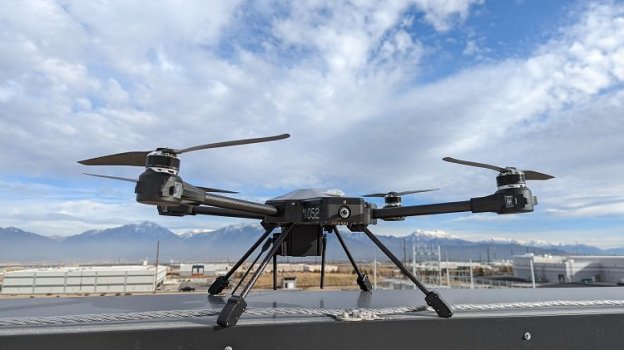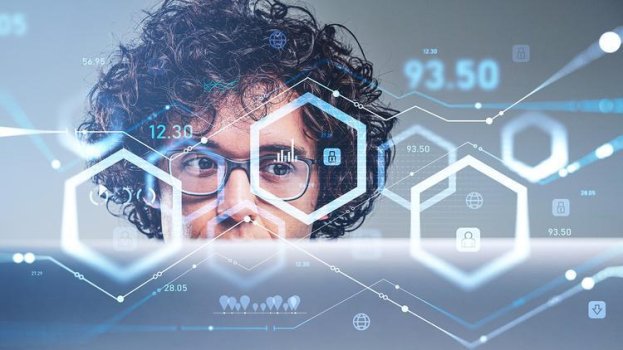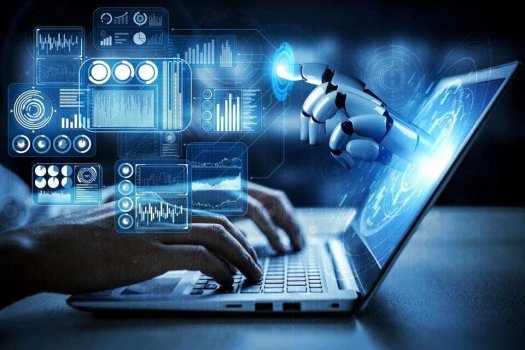The AI talent factory – what it is and how to build it
- Technology Solutions
- 0 Replies
If there is one thing all regional technologists agree on, it is the presence of a shortfall in high–end talent. Digital skills in general are in short supply, but the ratio of available roles to qualified candidates for expert positions is particularly high. Across the region, governments, businesses, and non–profits are crying out for artificial intelligence (AI) specialists and data scientists. The future depends upon leveraging AI to solve problems that humans, on their own, cannot.
Objective 5 of the UAE’s National Strategy for Artificial Intelligence 2031 focuses on the attraction and training of AI talent. The country’s AI ministry is intent on delivering AI training courses to government employees and the working public, as well as upskilling students by selecting one third of the nation’s STEM graduates each year – which is around 2,000 people – for special training.
The UAE has long been a proponent of leveraging AI to do just about anything that will upgrade society and governance. Its AI ministry was the world’s first, and the government’s laser focus on using smart technologies for everything from smart grids to public health will require a bedrock of talent in the years to come.
A path forward Acquiring the skills to implement all the AI projects in the pipeline currently means engaging the services of either a third–party software company or a consulting firm, but rarely do either of these improve the talent pool of a company in the long term. Once these options are discarded, recruiting companies are left with hiring the best data scientists available, but the talent acquired may not be of the desired quality.
Continue reading: https://gulfbusiness.com/the-ai-talent-factory-what-it-is-and-how-to-build-it/
Objective 5 of the UAE’s National Strategy for Artificial Intelligence 2031 focuses on the attraction and training of AI talent. The country’s AI ministry is intent on delivering AI training courses to government employees and the working public, as well as upskilling students by selecting one third of the nation’s STEM graduates each year – which is around 2,000 people – for special training.
The UAE has long been a proponent of leveraging AI to do just about anything that will upgrade society and governance. Its AI ministry was the world’s first, and the government’s laser focus on using smart technologies for everything from smart grids to public health will require a bedrock of talent in the years to come.
A path forward Acquiring the skills to implement all the AI projects in the pipeline currently means engaging the services of either a third–party software company or a consulting firm, but rarely do either of these improve the talent pool of a company in the long term. Once these options are discarded, recruiting companies are left with hiring the best data scientists available, but the talent acquired may not be of the desired quality.
Continue reading: https://gulfbusiness.com/the-ai-talent-factory-what-it-is-and-how-to-build-it/























